Euro NCAP Develops Assisted Driving Assessment, Bashes Autopilot

The European New Car Assessment Programme (Euro NCAP) has finished a study on driver assistance systems and issued some moderately surprising results. While nowhere near comprehensive enough to be the ultimate authority on self-driving cars, it did give us a taste of Europe’s new grading system and how it will be implemented as more vehicles are tested. For now, NCAP is focused on a handful of models ranging from the pedestrian Renault Clio to the much more expensive Mercedes-Benz GLE.
While one might expect the moral of the study to be roughly ‘you get what you pay for,’ the reality seemed much more complicated after the Tesla Model 3 ended up in sixth place out of a possible ten. Anybody who has ever used Tesla’s Autopilot will tell you it’s probably the most impressive advanced driving suite currently on sale. This author certainly would before the smile dissolved and he was forced to you that it (and other) driving assistance packages are horrible, misleading inventions that need to be gotten rid of as soon as possible.
The fact of the matter is that driver assistance packages rarely function the same between brands and, based on multiple assessments from AAA, don’t always pass muster. That’s not really a big deal when someone is relying on them as their last line of defense but many people mistakenly presume their onboard computers are bulletproof — especially in relation to the marketing strategies of certain automakers. I cannot tell you the number of people that still think Tesla’s Autopilot offers legitimate vehicular autonomy on par with the hovercrafts found in films like Blade Runner.
However, I do know why they feel that way. Tesla and its acolytes make Autopilot sound much more advanced than it actually is and it’s more than enough to fool even those who are relatively well informed about cars.
Euro NCAP took that into account, giving the Model 3 top marks for Vehicle Assistance (how good the suite works overall) and Safety Backup (how adept the car is at mitigating at system failures). But it failed miserably in terms of Driver Engagement, which calculates how much the vehicle demands the driver remain in the game to continue using driver assistance packages and takes into account how accurately the manufacturer markets its true capabilities.
Thatcham Research, which helped NCAP in its assessment, noted that the best systems strike a healthy balance between the amount of assistance offered to the driver and how much they do to ensure nobody falls asleep behind the wheel. But that results in interior camera systems that constantly track the driver’s face and incessant dinging reminding you to stop looking out the side window and place your hands back on the damn wheel. Undoubtedly safer, but hardly what one would want from a feature that’s biggest selling point is supposed to be peace of mind.
Those metrics left the Model 3 receiving a Vehicle Assistance score of 87 while its Safety Backup features garnered a staggering 95 points. But Autopilot’s Driver Engagement score dropped its final rank significantly with just 36 points — the lowest of any system tested. By contrast, luxury German brands fared quite a bit better by having more consistent scores across the board, even if Autopilot technically beat them in every category but Driver Engagement.
It also allowed the Ford Kuga (aka the Escape) to best the Model 3. While we’ve been fairly impressed with the strides Blue Oval has made in regard to its advanced driving aids of late, it’s systems are not on par with what’s currently offered by Tesla. Frankly, neither are the systems offered by the Germans — some of which can be quite herky-jerky. But they’ll keep better tabs on the driver, which was enough for Euro NCAP.
While yours truly is of the mind that none of these features should have ever left the factory before they had been tested into oblivion and resulted in cars operating at SAE Level 3 or better, the industry is a competitive place and there are a lot of people that want self-driving vehicles now. Automakers know they can market what they have currently as basically self-driving and then clarify that isn’t the case in the owner’s manual to avoid any legal troubles. That makes NCAP’s new Assisted Driving Grading a relatively handy tool in disseminating fact from fiction.
But it doesn’t address the core problems, which is why I tend to test these systems out in the quest for knowledge before ultimately deciding to deactivate them. They’ve simply acted too unpredictably in the past and I have no desire to use the road if I am not ready to give it my full attention. Does that mean everyone else should do the same? Not necessarily. While advanced driving aids still seem quite clumsy and prone to encourage distractions, I cannot say they won’t be helpful in saving perpetually inattentive drivers from disaster. We’ll just need to wait until they’ve improved some more before anyone around here is willing to commit to praising them outright.
If you’d like to examine Euro NCAP’s new Assisted Driving Grading, scores for 2020 model year vehicles are available here. Meanwhile, the long-form version of how it tabulates those scores are available here.
[Images: Euro NCAP]

A staunch consumer advocate tracking industry trends and regulation. Before joining TTAC, Matt spent a decade working for marketing and research firms based in NYC. Clients included several of the world’s largest automakers, global tire brands, and aftermarket part suppliers. Dissatisfied with the corporate world and resentful of having to wear suits everyday, he pivoted to writing about cars. Since then, that man has become an ardent supporter of the right-to-repair movement, been interviewed on the auto industry by national radio broadcasts, driven more rental cars than anyone ever should, participated in amateur rallying events, and received the requisite minimum training as sanctioned by the SCCA. Handy with a wrench, Matt grew up surrounded by Detroit auto workers and managed to get a pizza delivery job before he was legally eligible. He later found himself driving box trucks through Manhattan, guaranteeing future sympathy for actual truckers. He continues to conduct research pertaining to the automotive sector as an independent contractor and has since moved back to his native Michigan, closer to where the cars are born. A contrarian, Matt claims to prefer understeer — stating that front and all-wheel drive vehicles cater best to his driving style.
More by Matt Posky
Latest Car Reviews
Read moreLatest Product Reviews
Read moreRecent Comments
- Kwik_Shift_Pro4X I fell asleep looking at that image.
- Verbal Rented a Malibu a while back. It was fine, if a bit gutless.I get that Detroit wants to go all-in on high profit margin SUVs and blinged-out MAGA trucks. Everyone has known for decades that they can't compete on price in the affordable sedan space. So now all of Detroit's sedans are gone except for a couple of Cadillac models.But you'd think that just one of the domestic brands could produce a fun, competitive and affordable sedan. Just one? Please? Anyone? Bueller?
- 3-On-The-Tree I wouldn’t even use Ford as a hearse for fear of being late to my party.
- SCE to AUX Norway is in Europe, and Tesla is an American automaker - no problems there.I wouldn't use Ford as the bellwether.https://www.reuters.com/business/autos-transportation/tesla-extends-lead-norway-evs-take-record-82-market-share-2024-01-02/https://elbil.no/english/norwegian-ev-policy/
- Steve Biro If the U.S. government wants to talk about banning all connected cars - or at least the collection and sharing of information from said vehicles - I’m all ears. Otherwise, don’t waste my time.





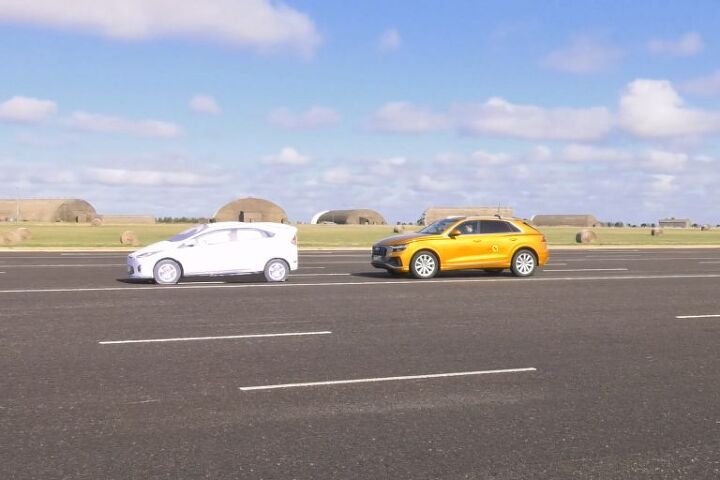
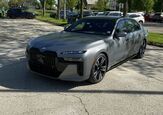











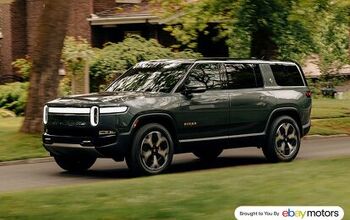
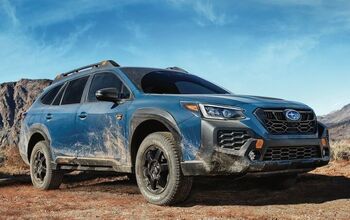
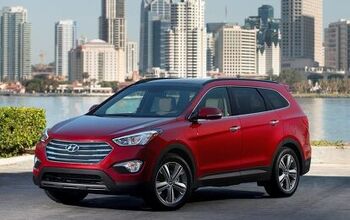
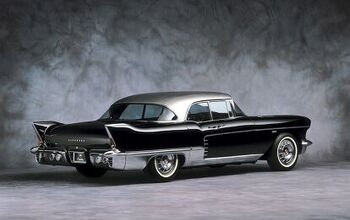
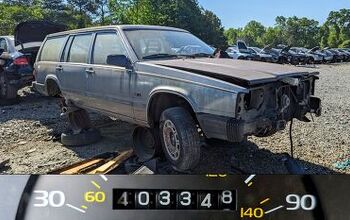
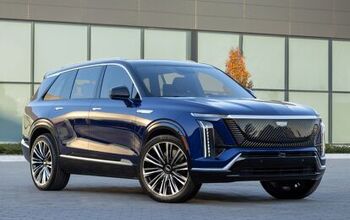

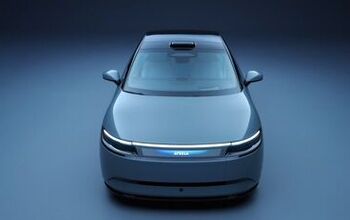
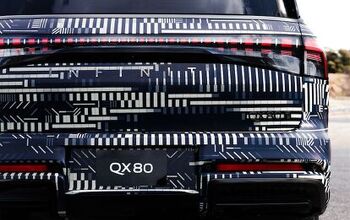
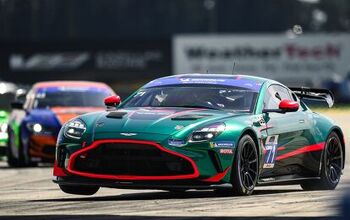
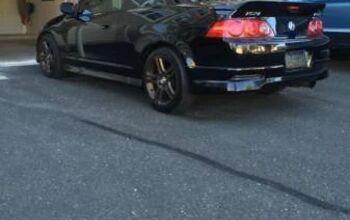


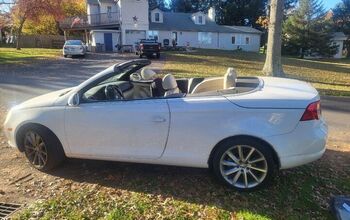
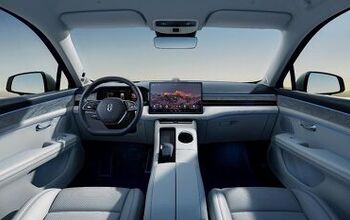

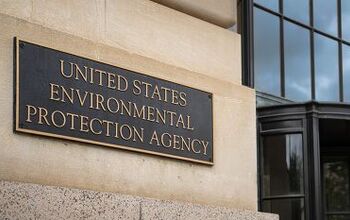
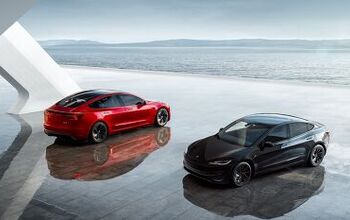
Comments
Join the conversation
I've been waiting for IIHS to get the balls to start doing this. Start punching folks in the wallet with insurance ratings and the OEMs will react quick
From the UNECE: Euro NCAP is a private consumer test organization, based in Leuven, Belgium, partly funded by European governments • Euro NCAP was established in 1997 • Euro NCAP tests are optional, one does not need to have a valid star rating to be able to sell a vehicle in Europe • Euro NCAP stars are intended to be consumer information, there is no other implication from the test results. So Euro NCAP is more like the IIHS than the NHTSA, which is a US government organization. The private NCAP bodies all around the world are more like trade groups with government grants. Euro NCAP is cagey on its website and doesn't mention who owns the outfit, trying to give the impression it's official, when as you can see from the UN Harmonization of Vehicle Regulations Terms of Reference above, all its reults have no official weight whatsover. Max Mosley has his claws into Global NCAP, for instance. Anyway, so Tesla is way down the Euro NCAP list due to its very half-hearted approach to keeping the human driver awake when AutoPilot is engaged. What a surprise.